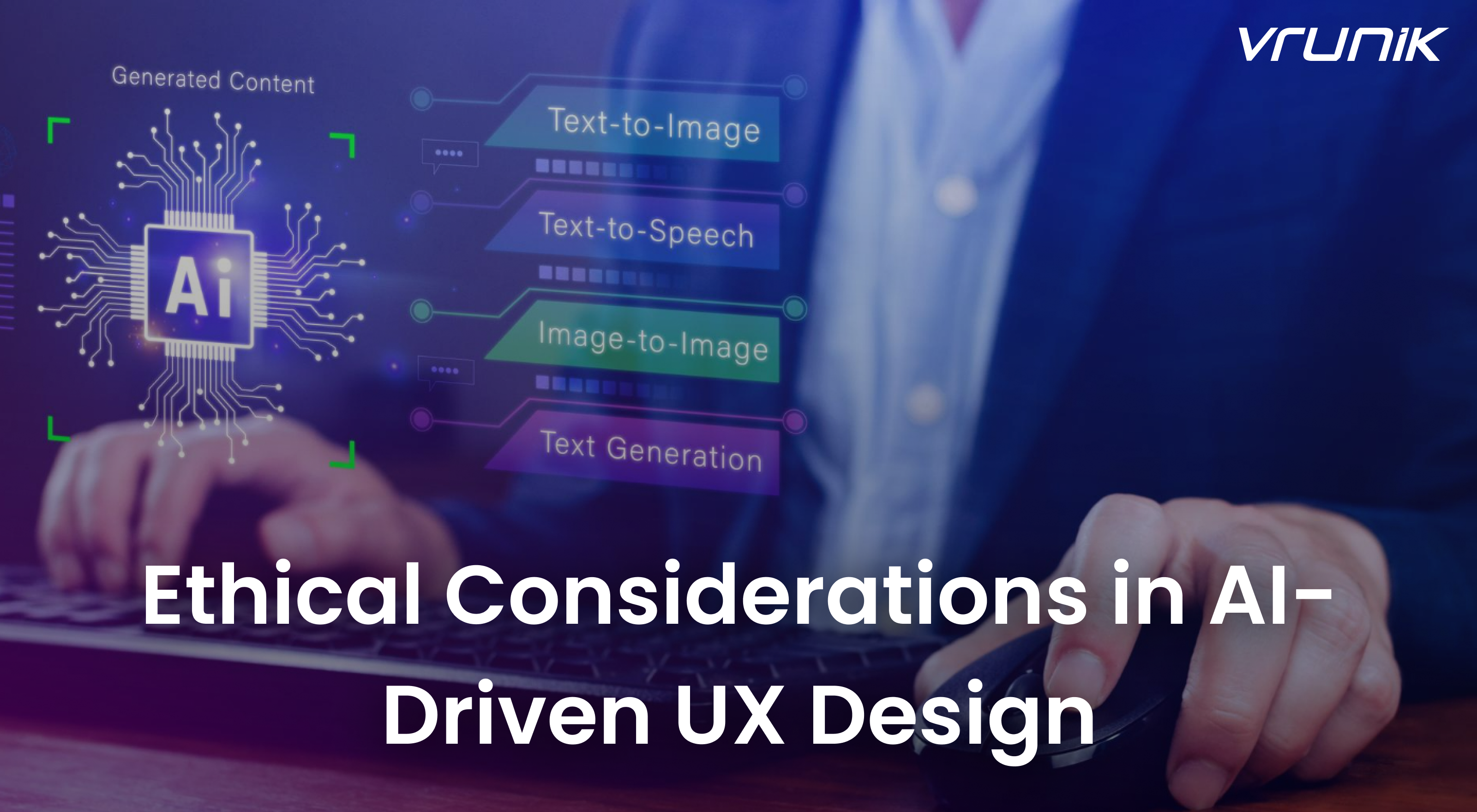OUR BLOG
Enhancements and Limitations of AI in UX Design
The article explores strategies to increase the word count of essays while maintaining quality. Tips include adding examples, adjusting paragraph spacing and font size, incorporating quotes, using stats and studies, addressing different perspectives, and optimizing subheadings. It emphasizes the importance of clarity and credibility in content expansion, suggesting methods like adding relevant examples, using stats, and addressing various viewpoints to enhance the page count effectively.

Enhancements and Limitations of AI in UX Design
Artificial Intelligence (AI) has reshaped the landscape of User Experience (UX) design, offering a multitude of enhancements while also presenting notable limitations. This comprehensive article delves into the profound impact of AI on UX design, exploring both the advancements and challenges that arise from integrating AI into the design process.
Enhancements of AI in UX Design
Personalization and Customization
AI’s capacity to analyze user data enables highly personalized experiences by tailoring interfaces and content to individual preferences. This level of customization enhances user engagement, satisfaction, and loyalty by delivering relevant and meaningful interactions that resonate with users on a personal level.
Data Analysis and Insights
AI automates data analysis processes, enabling designers to extract valuable insights from vast datasets efficiently. By processing and interpreting user data at scale, AI empowers designers to make informed decisions based on data-driven insights, leading to more effective design strategies that are grounded in user behavior and preferences.
Predictive Capabilities: AI algorithms can predict user behavior based on historical data, allowing designers to anticipate user needs and preferences. By leveraging predictive analytics, designers can proactively tailor experiences, offer personalized recommendations, and create intuitive interfaces that align with user expectations, ultimately enhancing user satisfaction and engagement.
Automation of Routine Tasks
AI streamlines repetitive tasks in UX design, such as data processing, pattern recognition, and content optimization. By automating routine processes, designers can focus on higher-level strategic tasks, creativity, and innovation, ultimately improving efficiency and productivity in delivering user-centric designs that meet the evolving needs of users.
Enhanced User Engagement: AI-powered chatbots and virtual assistants enhance user engagement by providing real-time support, personalized recommendations, and interactive experiences. These intelligent interfaces create seamless interactions that mimic human-like conversations, improving user satisfaction, retention, and overall user experience.
Adaptive Design Solutions
AI enables adaptive design solutions that can dynamically adjust based on user interactions and preferences, creating more personalized and responsive experiences that cater to individual user needs in real-time.
Limitations of AI in UX Design
Contextual Misinterpretation
AI’s reliance on algorithms may lead to misinterpretation of contextual cues or emotional nuances in user interactions, potentially resulting in inaccurate insights or recommendations that do not fully capture the complexity of human behavior.
Empathy Deficit
The lack of emotional intelligence in AI systems limits their ability to empathize with users’ feelings or understand complex human emotions, which are essential for designing truly empathetic experiences that resonate with users on an emotional level.
Flexibility and Creativity Constraints: AI’s reliance on existing patterns and training data may constrain its adaptability to novel scenarios or creative problem-solving approaches that require out-of-the-box thinking and innovative design solutions that break away from conventional trends.
Accuracy and Reliability Issues
The accuracy of AI-generated insights is contingent on the quality and diversity of training data. Biased or incomplete datasets can lead to unreliable results or reinforce existing biases in design decisions, potentially impacting the overall user experience.
Innovative Limitations: While AI excels at processing large volumes of data quickly, its dependency on historical patterns may limit its ability to generate truly innovative design solutions that push the boundaries of creativity and design excellence, potentially leading to design solutions that lack originality or fail to inspire users.
Navigating Enhancements and Limitations
To navigate these challenges effectively while maximizing the benefits of AI in UX design, designers can adopt the following strategies:
Human-Centric Approach: Blend AI capabilities with human expertise to ensure a holistic understanding of user needs, emotions, and behaviors, combining the strengths of AI with human creativity and empathy to create truly user-centric experiences.
Ethical Considerations: Address ethical implications such as data privacy, bias mitigation, transparency, and accountability when integrating AI into design processes, ensuring that ethical standards are upheld and user trust is maintained throughout the design process.
Continuous Learning: Regularly update and retrain AI systems to adapt to evolving user behaviors, preferences, and trends, ensuring that AI-driven design solutions remain relevant and effective in meeting user needs and expectations.
Collaborative Design: Foster collaboration between designers, researchers, developers, and AI experts to leverage diverse perspectives, expertise, and insights for innovative design solutions that combine the best of human creativity and AI capabilities.
User-Centricity
Prioritize user feedback, usability testing, and iterative design processes to validate AI-driven design decisions, ensuring that design solutions align with user expectations, preferences, and usability requirements, ultimately delivering exceptional user experiences that resonate deeply with users on an emotional level and meet their evolving needs effectively.
In essence, the successful integration of AI in UX design requires a balanced approach that combines the strengths of AI capabilities with human creativity, empathy, and ethical considerations. By understanding both the enhancements and limitations of AI in UX design, designers can harness the power of technology while mitigating potential challenges, ultimately shaping a future where innovative design solutions meet ethical standards and deliver exceptional user experiences that resonate deeply with users on an emotional level, fostering trust, engagement, and loyalty in the digital landscape.
If you are interested in learning more about how UX design can help to transform your legacy systems and ensure business continuity, please feel free to reach out to me at nk@vrunik.com or call +91 9554939637.
This Blog is posted on: https://indiaai.gov.in/article/enhancements-and-limitations-of-ai-in-ux-design

